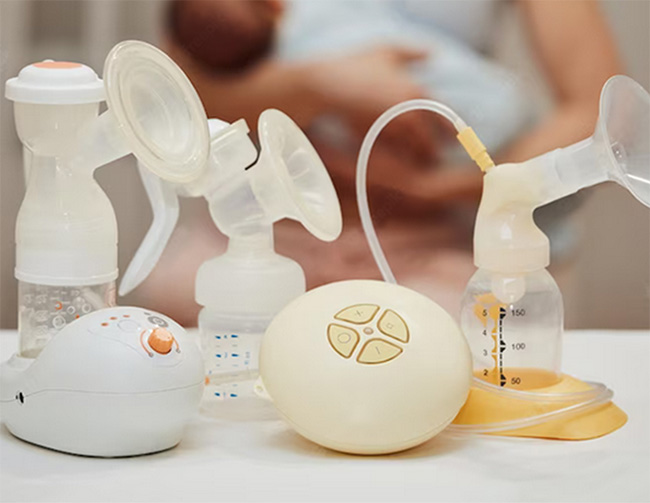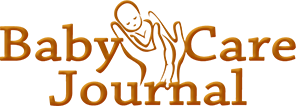Breastfeeding is a natural and beautiful way to nourish and bond with your baby. While it may come with its own set of challenges, following a few essential guidelines can help ensure a positive and successful breastfeeding journey for both you and your little one. Here are 15 rules to consider.
1. Embrace Skin-to-Skin Contact
Begin breastfeeding with skin-to-skin contact as soon as possible after birth. This closeness helps stimulate your baby's instinct to feed and enhances bonding.
2. Let Baby Lead
Follow your baby's cues for feeding. Look for signs of hunger, such as rooting, sucking motions, and putting hands to mouth.
3. Establish a Good Latch
Position your baby with their mouth wide open and latch them onto your breast properly. A good latch ensures effective milk transfer and prevents discomfort.
4. Maintain a Comfortable Position
Find a comfortable breastfeeding position for both you and your baby. Use pillows for support if needed, ensuring you're relaxed during each feeding session.
5. Frequent Feeding Sessions
In the early weeks, your newborn will need to feed frequently to establish a healthy milk supply. Aim for 8-12 feedings a day.
6. Avoid Strict Schedules
Breastfeeding is demand-driven. Avoid strict feeding schedules and allow your baby to feed whenever they show hunger signs.
7. Offer Both Breasts
Offer both breasts during a feeding session to ensure your baby receives the hindmilk, which is rich in fat and helps with weight gain.
8. Stay Hydrated and Nourished
Consume a balanced diet and drink plenty of fluids to maintain your own well-being and milk production.
9. Seek Support
Connect with lactation consultants, support groups, or experienced breastfeeding mothers for guidance and encouragement during your journey.
10. Watch for Proper Swallowing
Observe your baby's swallowing patterns. Swallows are usually accompanied by jaw movements, indicating effective milk transfer.
11. Nighttime Feedings
Nighttime feedings are essential. Keep the room dimly lit and minimize stimulation to help your baby differentiate between day and night.
12. Address Discomfort
If you experience discomfort or pain during breastfeeding, consult a lactation consultant to address any latch or positioning issues.
13. Be Patient
Breastfeeding takes time to establish. Be patient with yourself and your baby as you both learn and adapt to this new experience.
14. Be Mindful of Medications
Consult your healthcare provider before taking any medications while breastfeeding, as some substances can pass into breast milk.
15. Practice Self-Care
Prioritize your own well-being. Rest, eat well, and ask for help when needed to ensure you have the energy to care for your baby.
Remember that every breastfeeding journey is unique. It's okay to ask for help and seek guidance when facing challenges as you may be fatigued during breastfeeding. The key is to nurture yourself and your baby, fostering a strong bond that will have lasting benefits for both of you.

Choosing Breast Pumps - The Best Ones and How to Use Them Effectively
Breast pumps are invaluable tools that offer nursing mothers the flexibility to provide breast mi...

The Benefits of Breastfeeding for Mother and Baby
Experts around the world unanimously recognize the importance of breastfeeding. The World Health ...

How to Handle Fatigue During Breastfeeding?
Breastfeeding gives your baby all the nutrients and nourishment required. That is pretty much unm...

Breastfeeding Problems and How to Deal with Them
For new mothers, it might be a shock to discover that breast feeding which is considered most bas...

